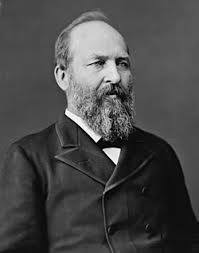
Introduction
The letter ‘p’ holds a significant position across various disciplines, particularly in science and mathematics. It serves as a variable, a symbol, and a fundamental element representing different concepts. Understanding its relevance is crucial for students, educators, and professionals alike, as it aids in problem-solving and conceptual clarity.
The Role of p in Mathematics
In mathematics, ‘p’ is often used to represent a variable or a constant. For example, in probability theory, ‘p’ usually denotes the probability of a certain event occurring. This use of ‘p’ is critical when calculating odds and making informed decisions based on statistical data. Furthermore, in geometry, the letter ‘p’ can represent the perimeter of shapes, aiding students and professionals in calculations.
p in Physics and Chemistry
In the sciences, ‘p’ has diverse applications. In physics, it frequently symbolizes momentum, pressure, or power, depending on the context. For instance, the equation for momentum states that momentum (p) is equal to mass (m) multiplied by velocity (v), or p = mv. Similarly, in chemistry, ‘p’ denotes pressure in equations involving gas behaviors, such as the Ideal Gas Law: PV = nRT, where P represents pressure.
p in Technology and Computing
In technology, specifically in programming languages, ‘p’ might represent a placeholder or a variable in code. In certain coding languages, it is common to see ‘p’ utilized in representing pointers or processes in algorithms. Understanding its use in this context is essential for developers and engineers as it contributes to clearer coding practices.
Conclusion
The letter ‘p’ is more than just a letter; it is a powerful symbol that represents critical concepts across various fields. From mathematics to science and technology, its applications are vast and diverse. As we continue to explore and innovate, the importance of understanding such fundamental symbols cannot be overstated. Deepening our knowledge of ‘p’ will enhance our capabilities in problem-solving and analytical thinking, making it a vital tool for future advancements.



